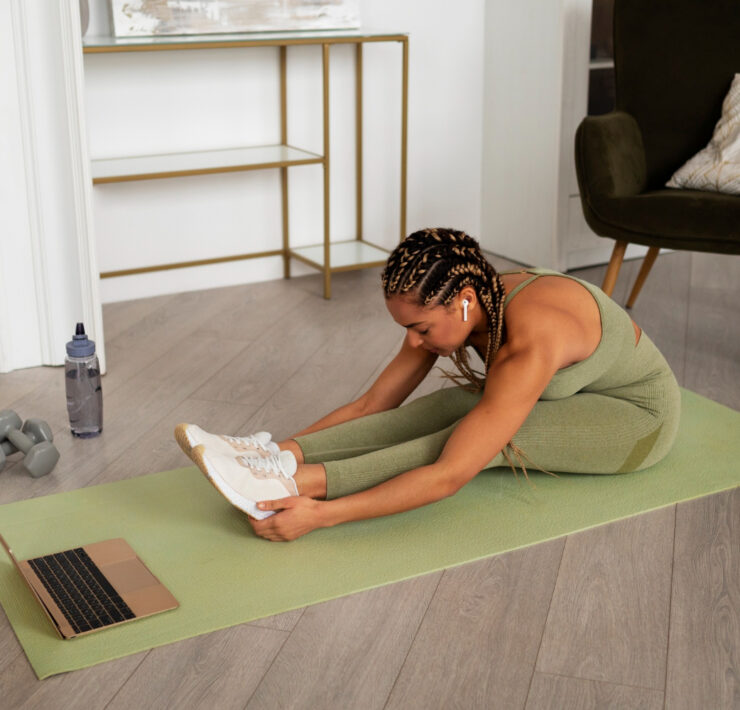How to Avoid Muscle Loss (Atrophy) When You Skip the Gym
- Life's demands sometimes interfere with our routines, causing us to miss a few days or even weeks of training...
- And you start to worry: will you lose all your hard-earned muscles?

You’ve been hitting the gym hard for months, building up your strength and endurance. You’re proud of your progress and your physique. But then life happens.
Maybe you get sick, or busy, or injured. Maybe you just need a break, and take a well-deserved vacation. Whatever the reason, you end up missing a few days, or even a week, of your regular workouts. And you start to worry:
Table of Contents
Will you lose all your hard-earned muscles?
The good news is: probably not. Muscle loss, also known as muscle atrophy, doesn’t happen overnight. It takes weeks or even months of inactivity for your muscles to shrink significantly.
Of course, this depends on several factors, such as your age, duration of inactivity, genetics, training history, and diet. But in general, you can expect to maintain most of your muscle mass if you resume your training within a few weeks.
However, that doesn’t mean you can slack off indefinitely. Even if you don’t lose muscle size, you may lose some muscle strength and power if you stop exercising.
You may also experience some muscle soreness and stiffness when you get back to the gym. And if you keep skipping workouts for longer than a month, you may start to notice some visible changes in your body composition.
So how can you prevent or minimize muscle loss when you can’t work out?
Here are some tips:
Keep your protein intake high
Protein is essential for building and maintaining muscle tissue. Aim for at least 0.8 grams of protein per kilogram of body weight per day, or more if you’re very active or older. Choose high-quality protein sources, such as lean meat, eggs, dairy, fish, soy, nuts, and seeds.
Stay active in other ways
Even if you can’t do your usual gym routine, try to move your body as much as possible throughout the day. Walk, bike, swim, play with your kids, do some yoga, or anything else that gets your blood flowing and your muscles working. This will help preserve your muscle function and metabolism.
Do some resistance training at home
You don’t need fancy equipment or a lot of space to do some basic strength exercises at home. You can use your own body weight, or improvise with household items like water bottles, books, or bags of rice. Do some squats, lunges, push-ups, planks, bridges, curls, rows, and presses. Aim for 2-3 sets of 8-12 reps of each exercise, 2-3 times a week.
Don’t cut your calories too much
If you’re not working out as much as usual, you may be tempted to eat less to avoid gaining weight. But this can backfire by slowing down your metabolism and causing muscle loss. Instead of drastically reducing your calories, focus on eating a balanced and nutritious diet that supports your health and recovery. Include plenty of fruits, vegetables, whole grains, healthy fats, and water in your meals and snacks.
Be patient and realistic
Don’t expect to maintain the same level of performance and appearance as when you were working out regularly. Accept that some fluctuations in your fitness and physique are normal and temporary. Don’t beat yourself up for missing a few workouts. Instead, focus on what you can do today to get back on track and enjoy the process.
Remember: missing a few days or even a week of the gym won’t ruin your muscles or your goals. As long as you stay consistent in the long run and follow these tips, you’ll be able to bounce back quickly and easily.
Thanks for reading! We hope this helps you on your journey to becoming a fitter and healthier version of yourself. Don’t forget to follow @naijafitfam on Instagram for more helpful content.




















